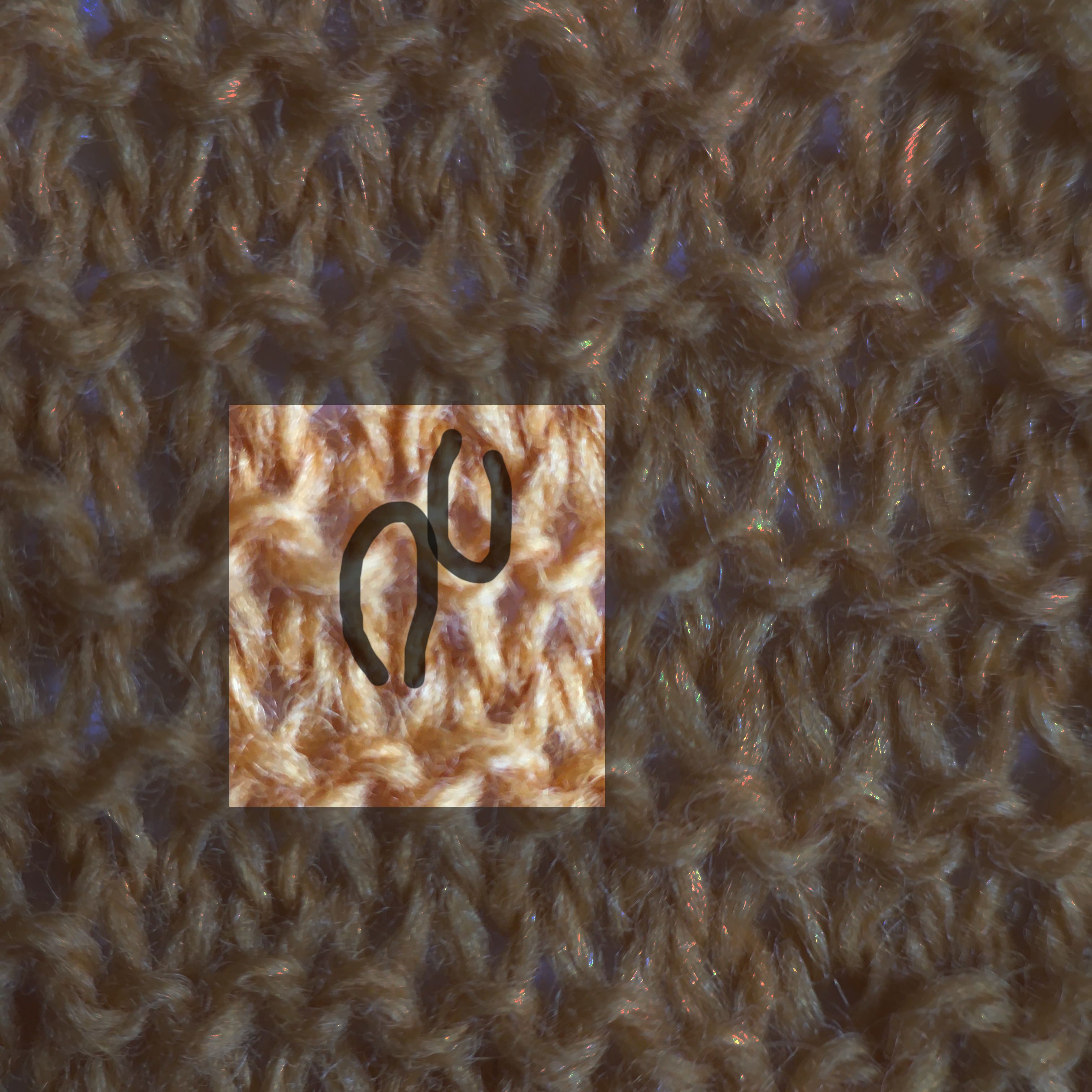Either because we have to make a swatch to calculate our sweater's size or because we need to know how many rounds we have knitted, it is important to learn how to read the fabric.
When we start knitting, we concentrate on learning the stitches, the motions, holding the needles, moving the yarn, and we leave for later things like understanding what we have just made, reading the stitches, learn how to count them or correct future errors.
We leave this kind of knowledge to experts, for the future, for when "I know more, and it is necessary". But what is more necessary than a swatch? Yes, the swatch! I think we have all looked away here as if this were not our business...
If we are going to make scarves, cowls, or shawls, we convince ourselves that it is unnecessary to make a swatch because if it becomes large or small, we can wear it anyway. But this doesn't exempt us from knowing how to count stitches and rows, so we get a garment in the correct size.
Let's see a stockinette stitch fabric:

This swatch still has the stitches of the last row on the needle. We know that each loop in the needle is a stitch. If you look closer, you will see that it narrows on the lower side, and it visually looks like a V.
Here you have the first trick to count stitches: each V you see is a knit stitch.
 |
 |
In this example, we have 10 stitches and 14 rows, the last of them still in the needle.
That's been easy.
But what happens when you have to count garter stitch? Where are the V now?

If you stretch the fabric from top and bottom, you will see that the Vs were hidden inside the garter ridges:
 |
 |
Each garter ridge is 2 rows or rounds. You can see that in the ridge loops: the U is from the stitch over the ridge and the inverted U is from the stitch under the ridge.
You can count 5 garter ridges in the image, so we know that there are 10 rounds/rows.
We hope that this small tutorial for beginners has helped you and you are more confident in counting rows when knitting your next sweater.

